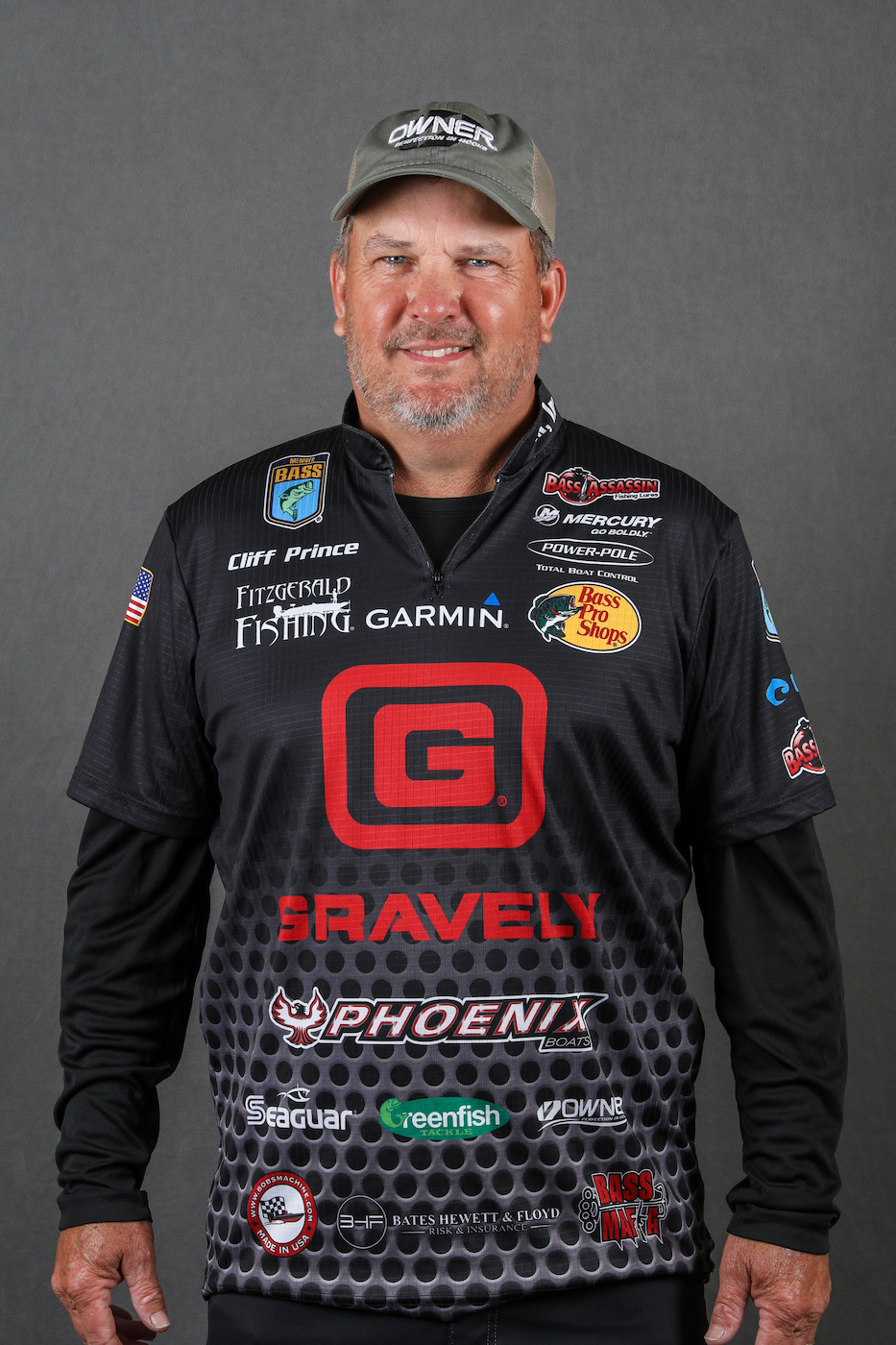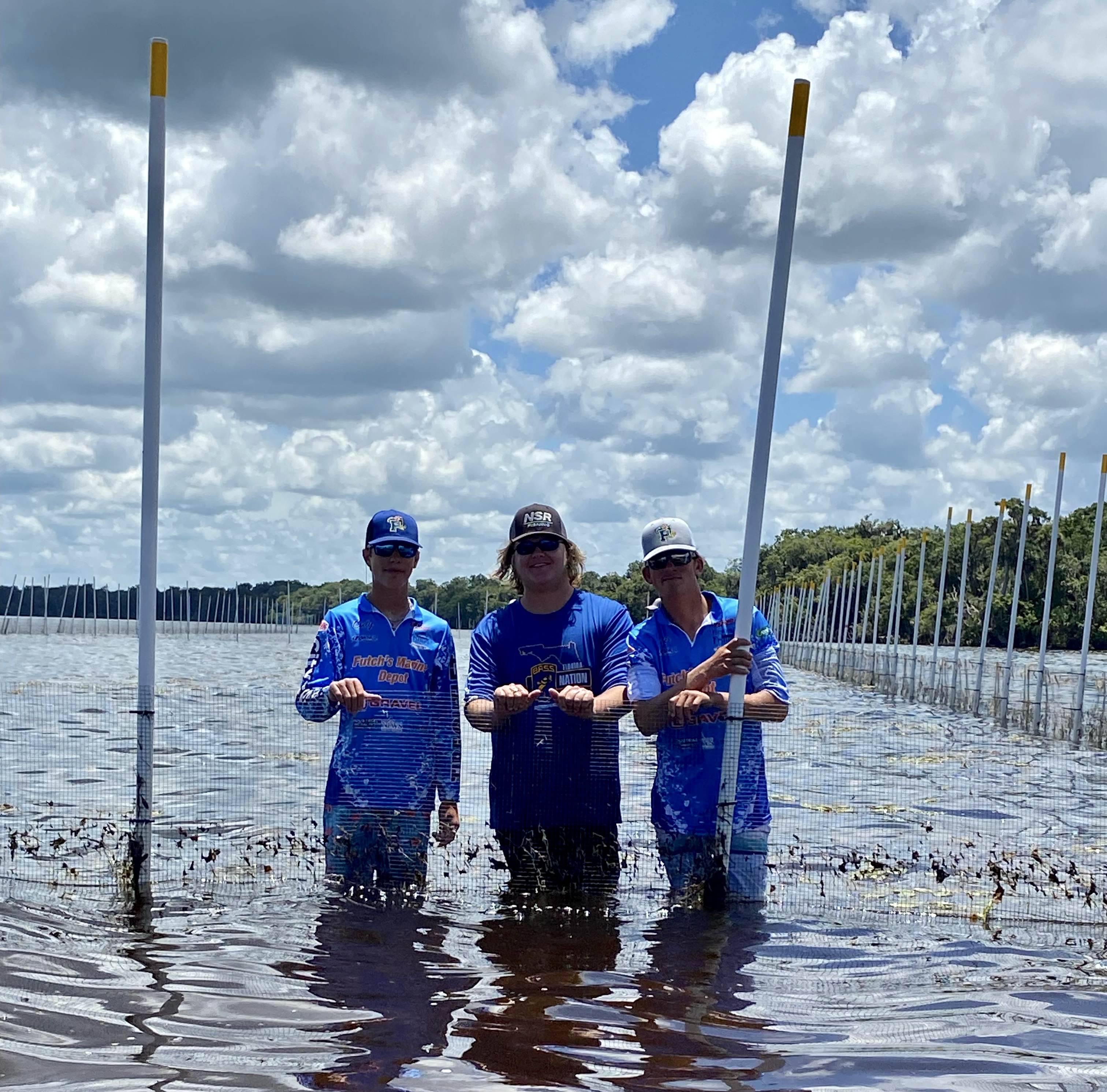
Palatka high school Bassmaster anglers Syler Prince, Cody Mullis and Camryn Teuton along with 45 other local volunteers helped the Florida Fish and Wildlife Conservation Commission (FWC) in their efforts to restore eelgrass in the St. Johns River and Lake George.
Lake George was once full of plants and aquatic life. Many an angler has fished Lake George’s massive eelgrass beds and made many wonderful memories catching the lake’s giant bass.
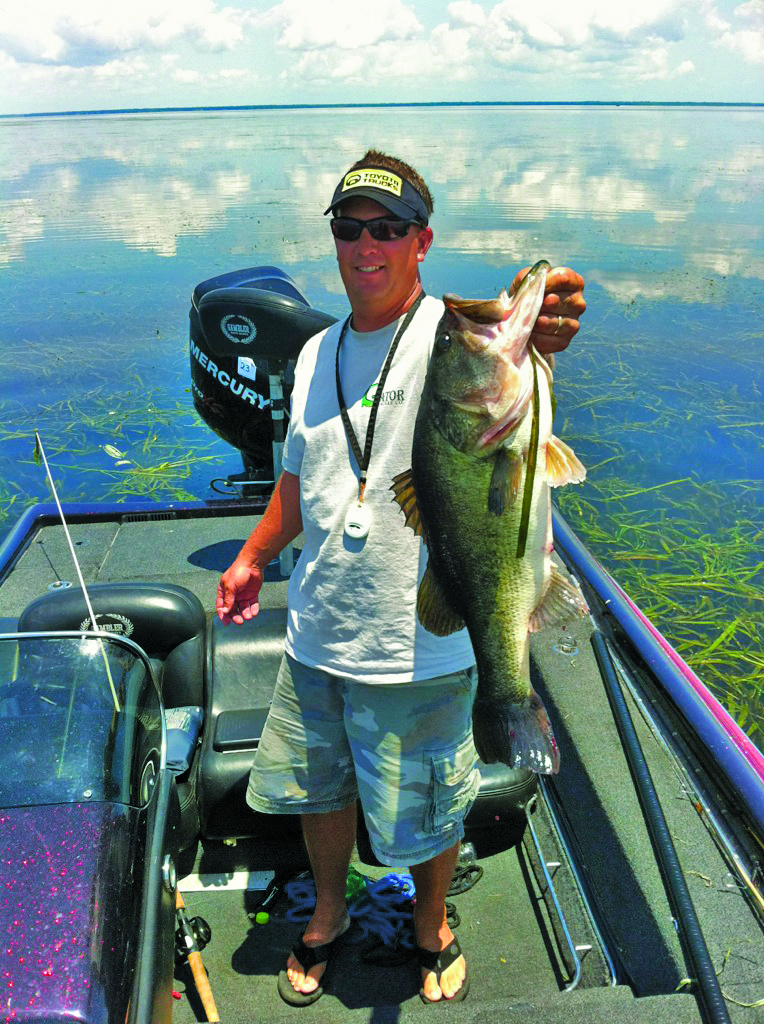
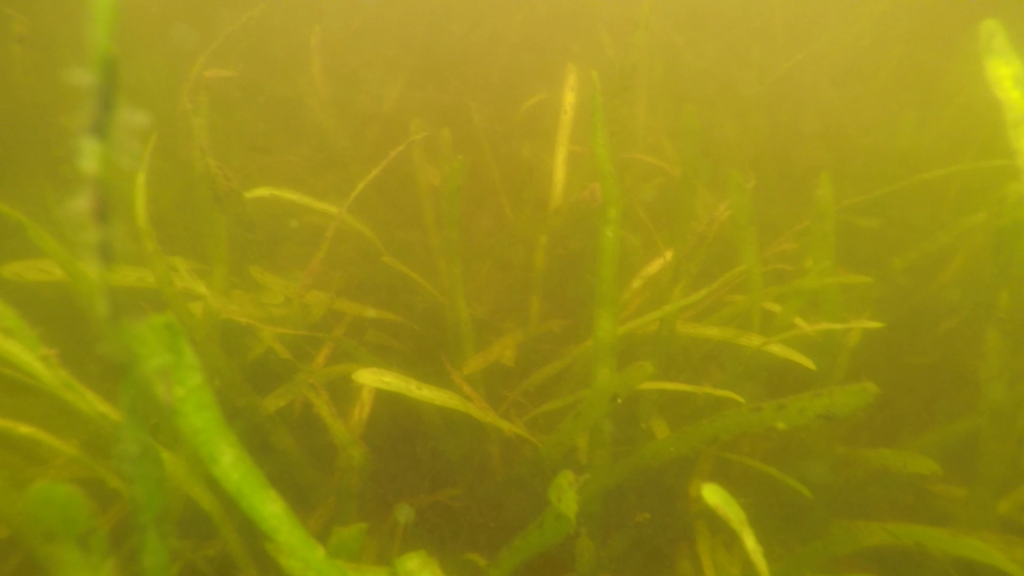
Syler recounted memories of the lake, “I fished Lake George when I was too young to notice and appreciate the plant life and what it did for the bass. All I knew was that was where the big ones were! My dad has many stories and pictures of the big ones they caught and released! Now with no plants, you have to fish differently to find them. The fish are there, and they will return. If we protect them, the plants will come back.”
Hurricane Irma in 2017 severely impacted aquatic vegetation in the St Johns River. Physical damage from winds coupled with high, dark water, which persisted for many months, caused declines in eelgrass coverages in St. Johns and Lake George.
Continuous wet years following Irma have not allowed the eelgrass to germinate and bounce back as it did after the 2004/2005 hurricanes. Eelgrass requires low water levels for an extended period (drought conditions = high water clarity) to germinate on a large scale.
In 2020, FWC began trying to restore eelgrass in Lake George since the eelgrass was not re-establishing naturally. In 2020 and 2021, FWC planted eelgrass within small, fenced enclosures to protect the new plants until they were established. However, they noted high levels of “grazing” damage within the restoration plots.
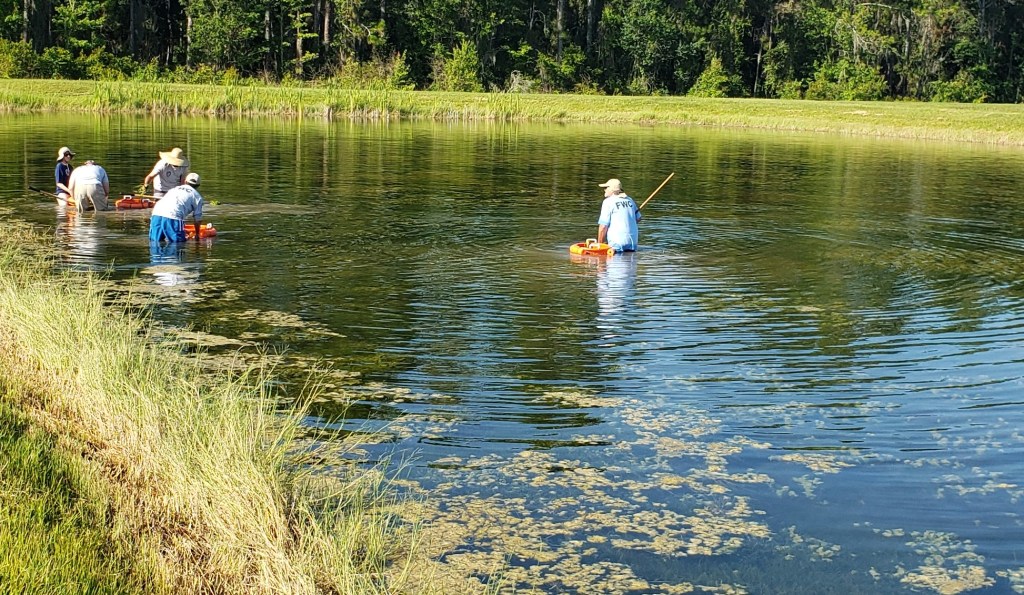
The St. Johns River Water Management District found that grazing by herbivores like turtles and manatees was also limiting eelgrass recovery in the lower river (San Mateo to Green Cove Springs), preventing it from growing, maturing and spreading. All those years with lush vegetation helped build a huge population of critters that want to eat the eelgrass and other aquatic plants.
So in 2022, FWC scaled up the size of fenced enclosures to get ahead of grazing pressure and noted that as long as you can effectively keep the grazers out, the eelgrass will flourish inside fenced areas along with other aquatic plant species which naturally germinate within the large, fenced areas.
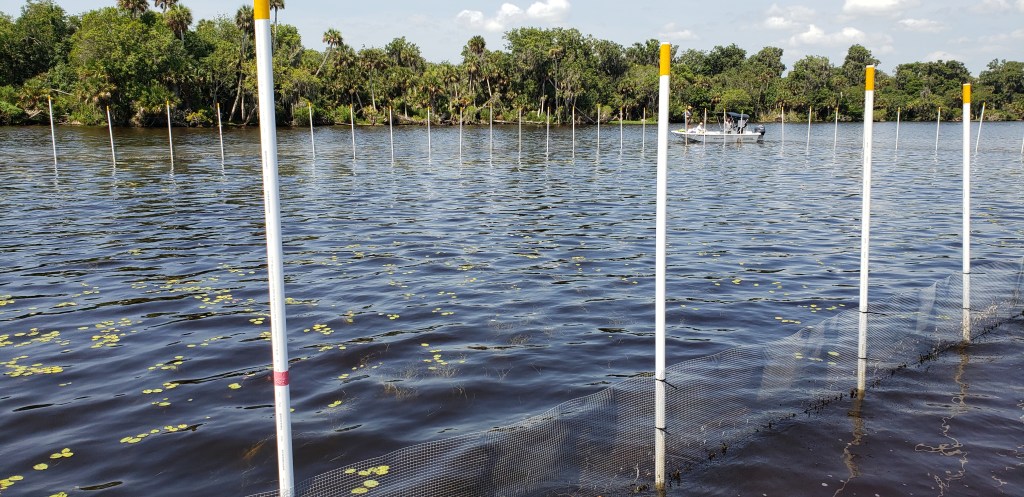
In June of this year, the team built fences, installed protective cages and planted eelgrass to help bring back what was once a magnificent home for giant bass. Seeing all the anglers coming together to make a difference was great! A special thank you to all that came out. The high school anglers and other volunteers worked alongside FWC staff, checking several large, fenced areas and cages and the growth of the plants, learning about the need for fence and cage maintenance.
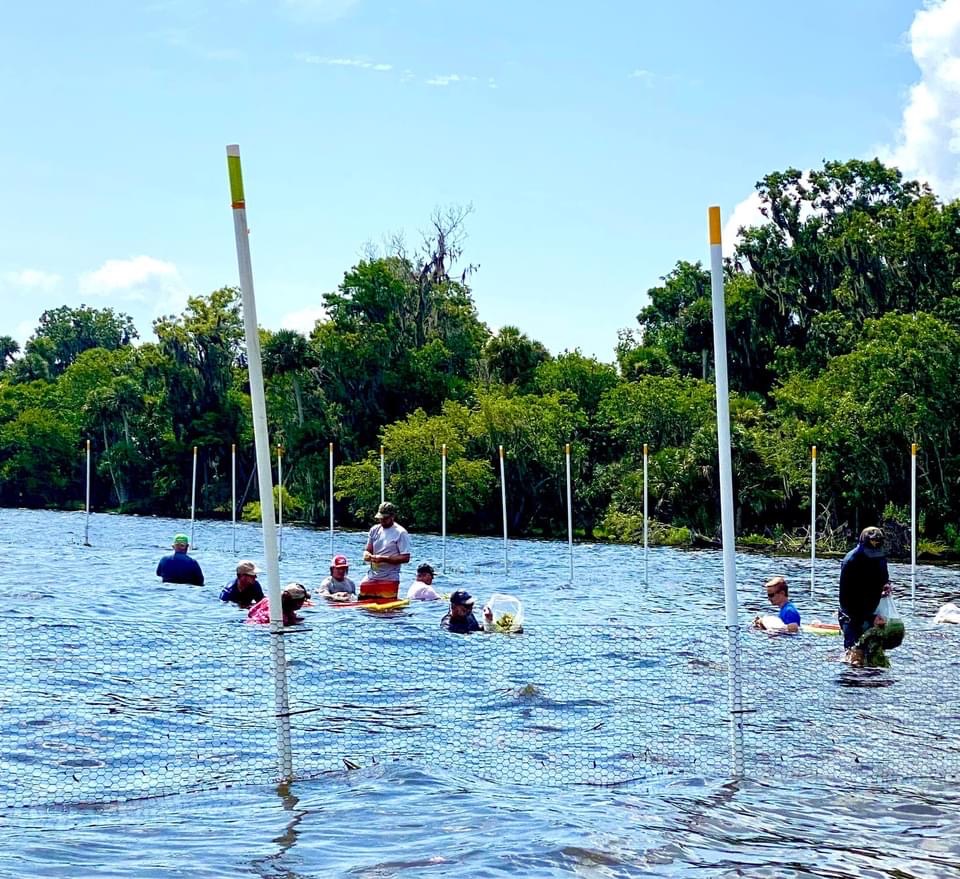
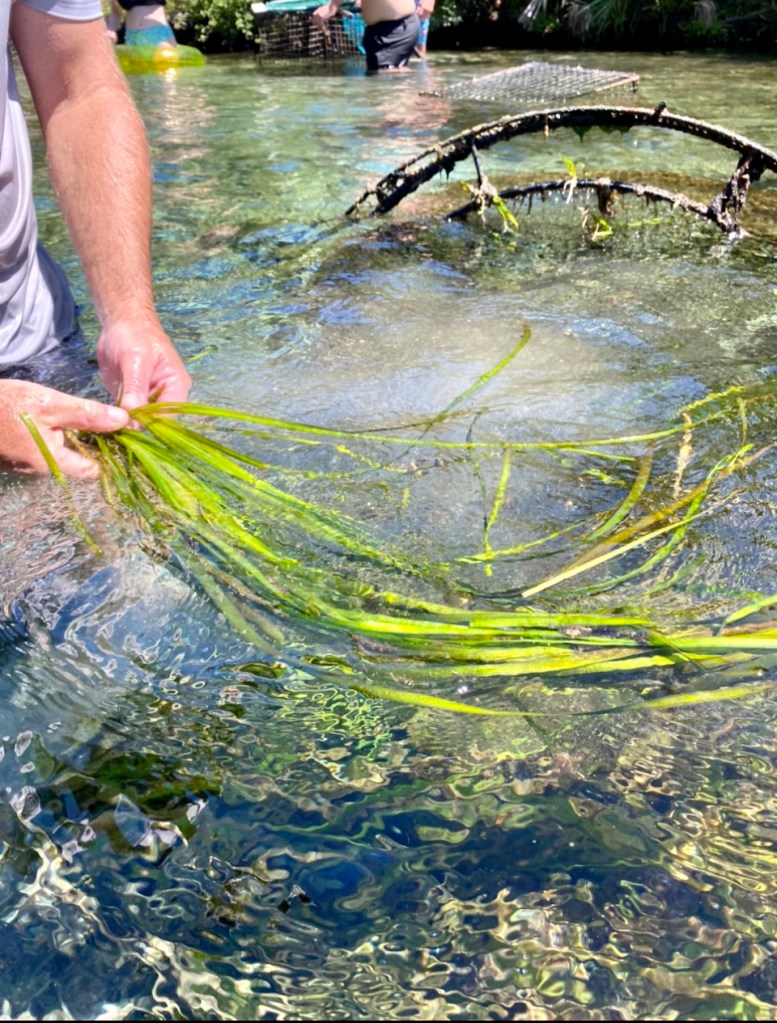
Over 2-1/2 acres of fencing was installed in Lake George in 2022 and there have been excellent results in these plots so far. Now the need is to maintain – and expand – creating even larger fenced areas to produce more acres of plants.
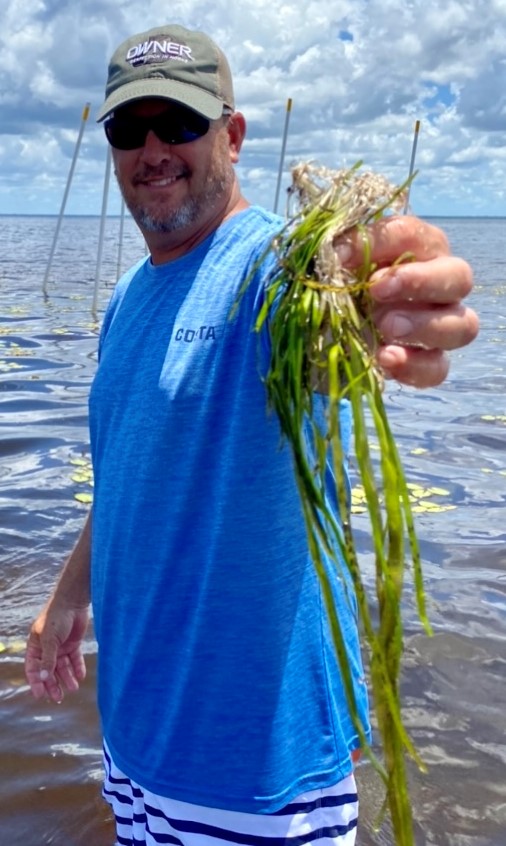
We had a great time. Memories were shared, stories told and plans made for the future. All of us are looking forward to the September eelgrass restoration event. This effort will require large numbers of volunteers and FWC is currently recruiting helpers.
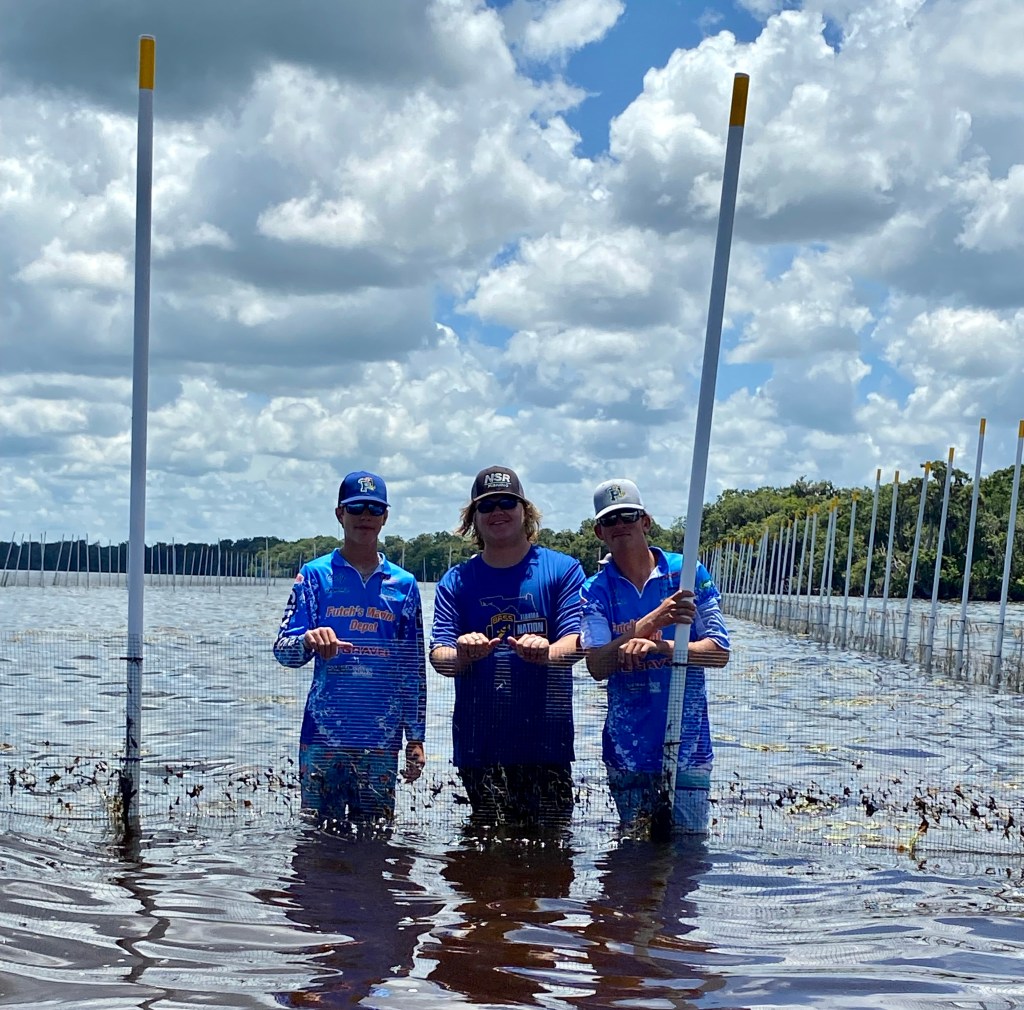
A huge thank you to FWC, Dan Kolterman, Ryan Hamm, Becky Williams and Tim Mann for helping make this happen and helping us understand the problems the St. Johns River and Lake George are facing and the efforts FWC and others are making to bring the bass fishing back.

